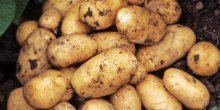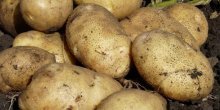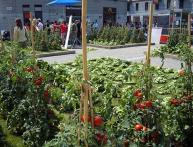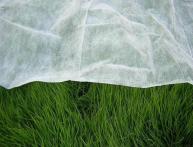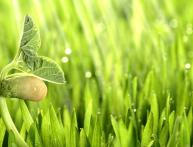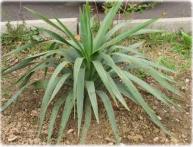Early potatoes: basic recommendations for growing
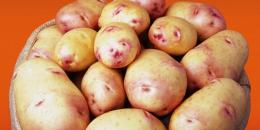
In spring, dishes begin to be supplemented with fresh vegetables and fruits. Young potatoes are of particular value. The old vegetable no longer has the same taste, so many people plant early potatoes; growing them has become very popular. But it has its own nuances.
Content:
- General recommendations for growing
- Selection of planting material
- Germination with light
- Combined germination
- Fertilizer
General recommendations for growing
Growing both early and late varieties very similar to each other, but the agricultural technology of early potatoes is distinguished by some nuances. To get an excellent harvest, you need to adhere to the following rules:
- The material used for planting must undergo vernalization. It involves specific measures by which the tubers will be prepared for planting. This includes heating, germination under the influence of light, and selection of vegetables.
- For planting, you need to use early potato varieties, but you should also take into account the climate. To ensure a better harvest, the crop is initially grown in peat pots.
- Planting material must be carefully selected. Tubers should be large in size, this improves the yield.
- Fertilizers need to be applied on time. The timing of planting can also affect the results.
- They're imprisoning potato early variety tightly to each other.
- The culture needs some care.
Selection of planting material
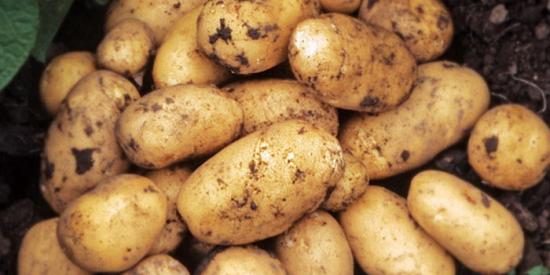
To get an early harvest, you need to take the choice of planting material seriously, as there are different varieties of potatoes. The following popular types of this crop are distinguished:
- Serpanok
- Kobza
- Karatop
- Impala
- Early rose
These varieties quickly form tubers that begin to ripen early. Even if the variety was chosen correctly, this does not mean that a person will receive an excellent harvest. The number of potatoes that will be harvested depends on climate, fertilizer and other nuances.
It is important not only to choose the right variety, but also quality tubers. Planting material must be undamaged, in good appearance, and of sufficient size. When sorting out the tubers, you should choose large potatoes, their weight should be 60-80 grams.
Germination with light
Before planting, tubers should be germinated. This is a mandatory procedure. To do this, use film bags, containers with partitions or other containers. For germination, the planting material must be exposed to light and heat.
Sprouts will appear faster if the light is intense. If there is not enough lighting, then the sprouts develop weak, long, and when planting occurs, they may break.
Sufficient light increases the number of nodes. Stolons subsequently grow from them. In the place where the vegetables lie, diffused light is needed. Direct rays of the sun are not suitable in this case, as they may cause the shoots to deteriorate, which will affect the future harvest.
Lighting should not be around the clock. 10 hours a day will be enough. For this purpose, artificial lighting is used. You also need to monitor the temperature in the room where the potatoes are located. It should be 13-15 degrees.A few days before the tubers are planted, hardening should be done. To do this, the air temperature decreases.
Combined germination
Instead of light exposure potato combined germination is used. It has a certain sequence.
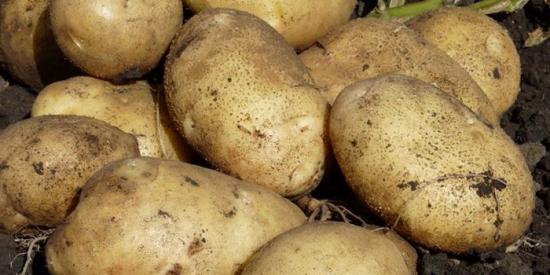
When sprouts appear on the tubers, the planting material is placed in boxes and then covered with straw, sawdust, sand or other material that needs to be well moistened. The potatoes remain in this state for several weeks. After some time, a rhizome will appear on the tubers.
It is at this time that the potatoes are ready for planting. To grow early potatoes, a film cover is used. When planting has taken place, then the soil is covered with film material.
This provides extra heat and moisture retention, which will cause the potatoes to germinate faster. In this way, the plant grows strong, bringing a good harvest. A film cover provides protection for potatoes from frost. This also allows the crop to ripen faster.
Fertilizer
To get a good harvest, you should not forget about fertilizer potatoes. This procedure has some nuances. If we talk about early varieties, they absorb the applied fertilizer faster than late crops. During the period of ripening, potatoes consume maximum nutrients. For this reason, it is recommended to use nutritional preparations that are easily digestible and quickly act.
Humus has a positive effect on early potatoes. It creates a good breeding ground for the development of culture. This fertilizer must be applied taking into account the climate of the area.In the north, this procedure is carried out in the spring, since humus is also used to protect against the cold. And in the fall, the soil in the south is fertilized using this method.
Nitrogen fertilizers are used to help potatoes grow foliage. But you should not overdo it with this fertilizer. If the green mass grows rapidly, the number of tubers may decrease in the future. To get a good harvest, phosphate fertilizers are used, and early potatoes especially need them.
The introduction of minerals will be beneficial. You should not forget that potatoes need to be watered regularly and loosen the soil. These procedures must be carried out systematically. They will also affect the future harvest and improve its quality.
It is also necessary to remove weeds that do not allow the crop to develop normally. In addition, there are various pests, which can destroy leaves and tubers. They need to be fought. To do this, use products that can be purchased at special gardening stores. You should also use them correctly. If you follow these simple rules, you can get an excellent harvest of early potatoes. After all, the quantity and quality of the collected tubers depends on the owner.
Preparing early potatoes for planting:
Interesting information about the vegetable garden

